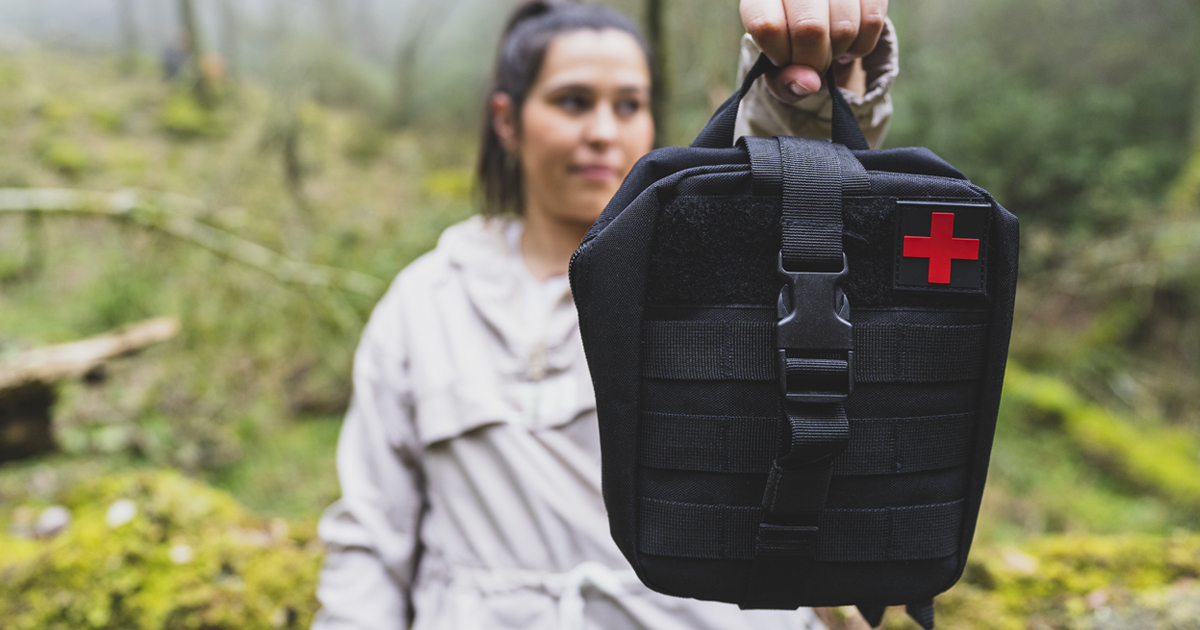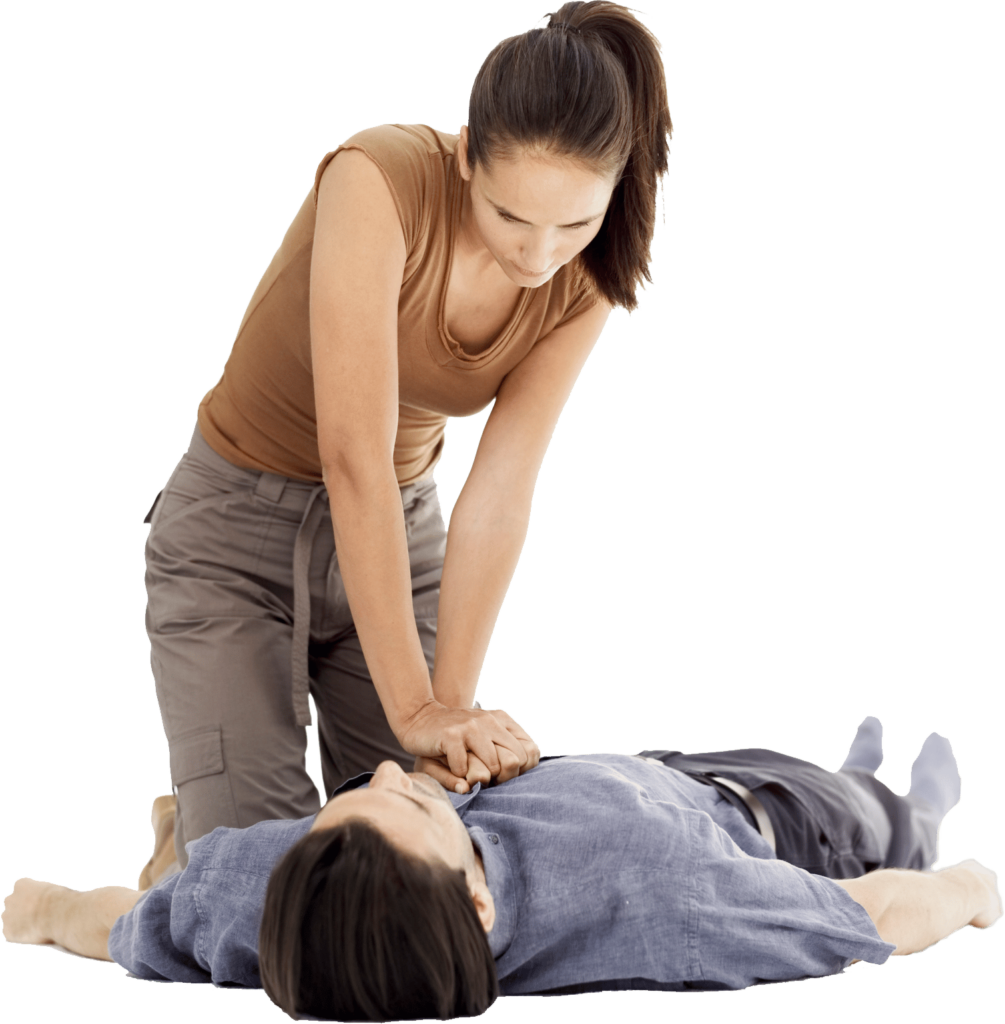

Emergency situations can arise unexpectedly, requiring immediate and effective responses to prevent serious outcomes. Whether in the workplace, at home, or in public settings, having the knowledge and right tools at your disposal can make a critical difference. This article will provide essential first aid tips and highlight key emergency devices that everyone should know about to enhance safety and preparedness. Drawing from the expertise of Rapid CPR Dallas, a leader in accessible CPR training and certification, we aim to equip you with practical skills and information that could save lives. From handling minor cuts to managing severe medical emergencies, being prepared is your first step towards becoming a confident responder in any crisis scenario.
Having basic first aid knowledge is indispensable in responding to common injuries and health emergencies. The first step in any emergency is assessing the situation safely, ensuring that you’re not putting yourself at risk while trying to help others. Once it’s safe to proceed, the basic principles of first aid, which include preserving life, preventing the condition from worsening, and promoting recovery, should be initiated.
For cuts and scrapes, it involves cleaning the wound with running water, applying an antiseptic, and covering it with a sterile bandage to prevent infection. For sprains or strains, remember the acronym R.I.C.E.: Rest the injured limb, Ice to reduce swelling, Compress with a bandage, and Elevate the limb.
Moreover, recognizing the signs of more severe conditions like strokes or heart attacks—such as sudden numbness, confusion, trouble seeing, difficulty walking, or severe chest pain—is critical. Quick identification of these symptoms can facilitate timely medical intervention, potentially saving a life.
Automated External Defibrillators (AEDs) are invaluable in instances of sudden cardiac arrest, a condition where the heart unexpectedly stops beating. AEDs are portable electronic devices that can diagnose life-threatening cardiac arrhythmias and can treat them through defibrillation, the application of electricity which helps the heart to re-establish an effective rhythm.
In workplaces, public spaces, and even homes, having AEDs accessible can turn bystanders into lifesavers. The device provides clear, step-by-step voice commands that guide a user through the process. It’s crucial, however, that potential users become familiar with its operation before an emergency arises. Many CPR training programs, like those offered by Rapid CPR Dallas, include AED training to ensure that users are prepared and confident in their ability to operate the device during critical moments.
Choking is a sudden, life-threatening situation that requires immediate action, and knowing the right technique is vital. For adults and children over the age of one, the Heimlich maneuver is the most effective response. Stand behind the person, wrap your arms around their waist, make a fist, and place it just above the individual’s navel. Grab your fist with the other hand and perform a series of upward thrusts until the blockage is dislodged.
In infants, the process involves five back blows followed by five chest thrusts. Lay the infant face down on your forearm with their head lower than their torso, and give firm back slaps. Then, flip the infant over and using two fingers, provide chest thrusts. Repeat this sequence until the object causing choking is expelled.
Burns require special attention to prevent complications. Immediate steps should include removing the heat source and cooling the burn under lukewarm running water for several minutes. Avoid using ice because this can further damage the skin. Cover the burn lightly with sterile, non-fluffy material to protect the area from infection. Never apply ointments, creams, or greasy substances, as these can trap heat and worsen the injury.
Category of burns significantly influences the treatment. First-degree burns affect the outer layer of skin causing redness and pain; second-degree burns involve swelling and blistering; third-degree burns affect deeper tissue, causing whitened or charred skin. While first-degree burns can often be treated with first aid alone, second and third-degree burns should be treated as emergencies, demanding professional medical attention as soon as possible.
Every home, vehicle, and workplace should have a well-stocked first aid kit readily accessible. Essential items in a first aid kit include:
– Various sizes of sterile gauze pads and adhesive bandages.
– Antiseptic wipes and saline solution for cleaning wounds.
– Hypoallergenic adhesive tape.
– Blankets and aluminum foil emergency blankets.
– Tweezers, scissors, and safety pins for dressing wounds or removing debris.
– Disposable sterile gloves to protect rescuers and victims.
– Thermometer, preferably digital.
– Creams or sprays for burns, bites, and stings.
– AEDs for high-risk environments.
Regular checks should be conducted to replace used or outdated supplies, ensuring the kit’s readiness in the event of an emergency.
Children and infants require special considerations when it comes to first aid. Due to their smaller body size and developmental stage, responses to treatments can be different. For instance, CPR for infants involves softer and shallower compressions using only two fingers. The dosage of over-the-counter medications, if used, must be adjusted for their weight and age.
Poisoning is another concern, often due to consumption of household chemicals that are mistakenly accessible. In such cases, keeping emergency numbers for poison control centers handy is crucial, alongside encouraging children to explore their surroundings under supervision to prevent such accidents.
The right first aid knowledge coupled with a readiness to use various emergency devices, like AEDs, can dramatically improve the safety and health outcomes in critical situations. Knowing what to do and when can make a significant difference in emergency preparedness, potentially saving lives and reducing recovery times for those involved.
As we’ve explored the essential aspects of first aid and the use of emergency devices, it’s clear that a proactive approach to safety and emergency preparedness can significantly impact outcomes in critical situations. From basic first aid techniques to the sophisticated use of AEDs, equipping yourself with the right knowledge and tools is vital. At Rapid CPR Dallas, we are committed to providing top-tier training that empowers individuals and communities to act confidently and effectively during emergencies.
Don’t wait until it’s too late to learn these crucial skills. Join our network of lifesavers today by signing up for our CPR and first aid training courses. Equip yourself, your family, or your organization with the expertise to handle emergencies with composure and competence. Visit Rapid CPR Dallas now and take the first step towards a safer tomorrow.

